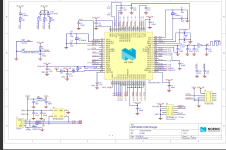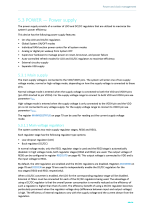casainho said:
@rananna,
About the current remote firmware not being able to control both ANT+ Controls and ANT+ LEV, being the ANT+ LEV implemented on the TSDZ2 wireless board, is not possible to use only the ANT+ Controls both to control the TSDZ2 wireless board and the Garmin Edge page change?? Would be like the wireless remote broadcasting the various buttons press over ANT+ Controls and the Edge reacts only to the page change and TSDZ2 wireless board would reacts to the rest of the buttons press. Do you think this would be possible?
I think there is some confusion over the configuration options for the remote. Let me try to clear it up. There are the 3 user case scenarios:
1. User has an ANT LEV bike + edge bike computer.
The remote works very well in this situation. It controls both devices well. If you turn off the edge computer (second ant channel 1) it continues to control the ebike well. ( Unlike 3 below)
There are no issues with either the ebike or edge computer with this configuration.
2 user has ONLY an ant lev ebike alone.
The remote controls the ebike well. There are no issues with this configuration.
3 User has ONLY an Edge computer only, (no ebike).
There IS an issue with this option if you have NOT configured the remote to ONLY use the edge computer.
If you leave the ant lev active on the first channel, the ant ctrl will work sporadically (miss page turns etc) The ANT LEV channel 0 must be turned off for the remote to control just an edge computer by itself. I do not know why this happens and cannot find a fix in firmware. However, turning OFF the ant lev channel using the configuration option fixes the issue.
Situation 3 will never occur for users of the remote that want to control an ebike. It happens when you want to use the remote with ONLY an edge computer.
Situation 3 is why I implemented the configuration options for the remote to turn off the ant channels.
As you seem to be testing scenario 3, please be sure to configure the remote to turn off ant lev and try the edge again




